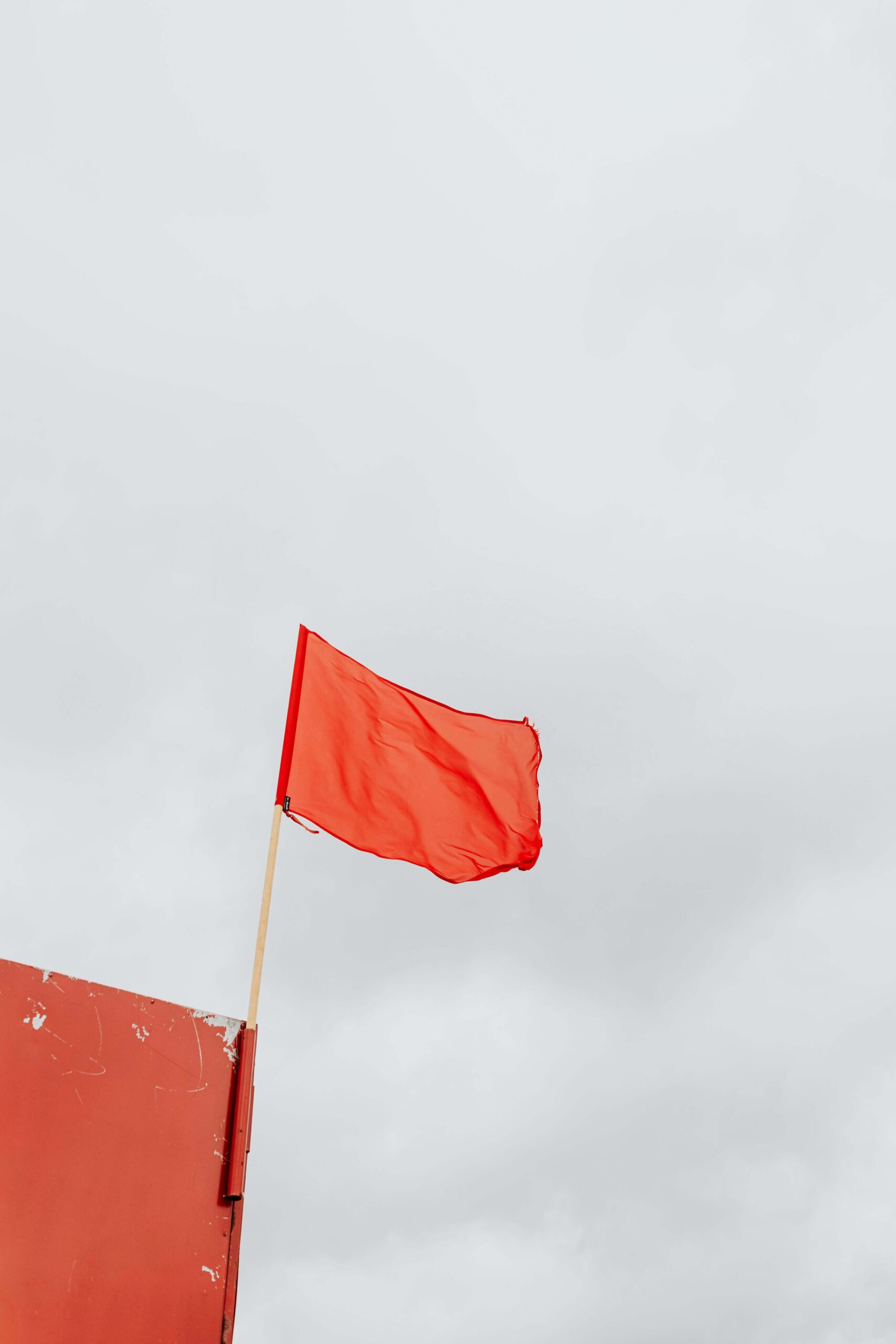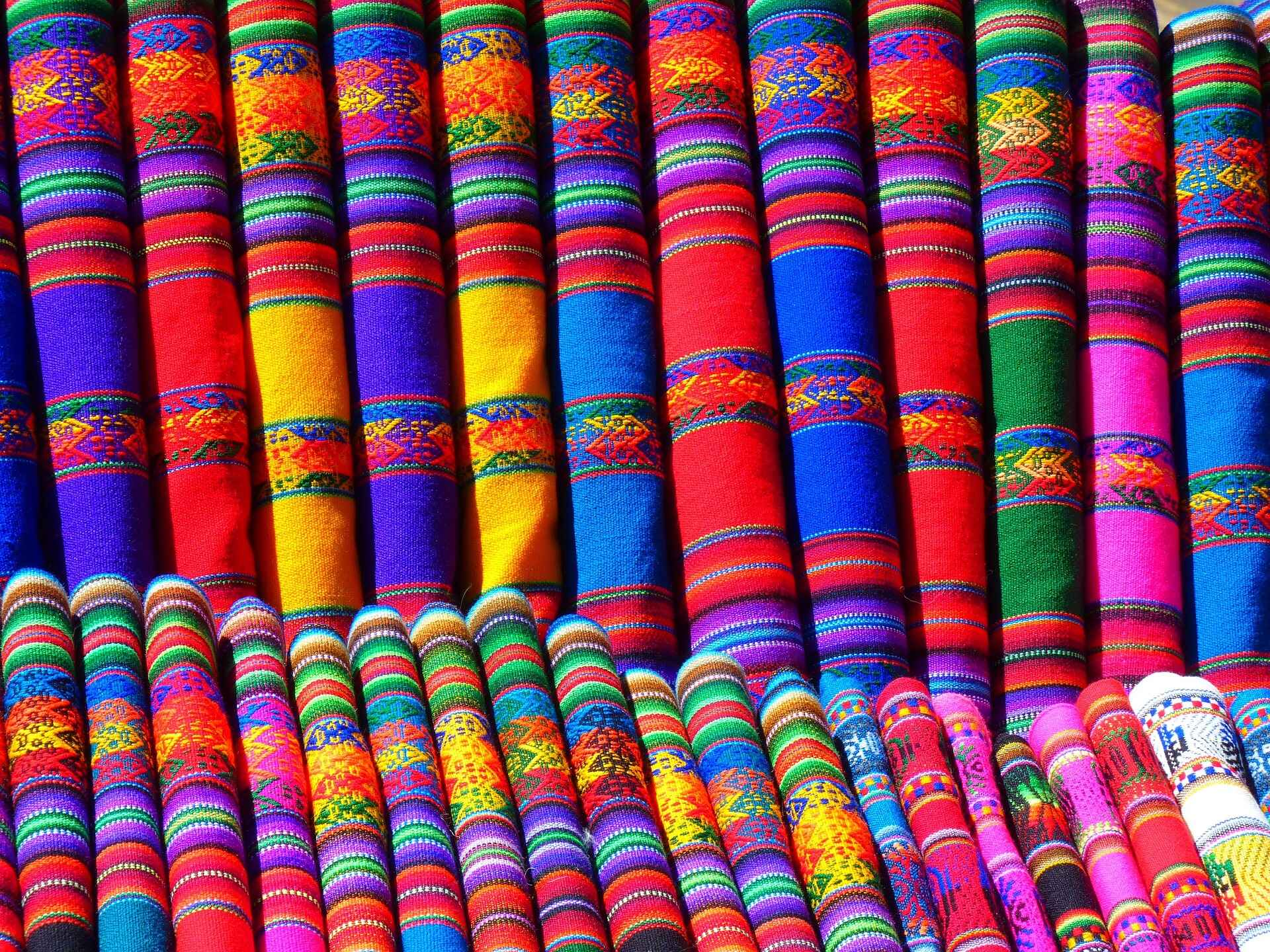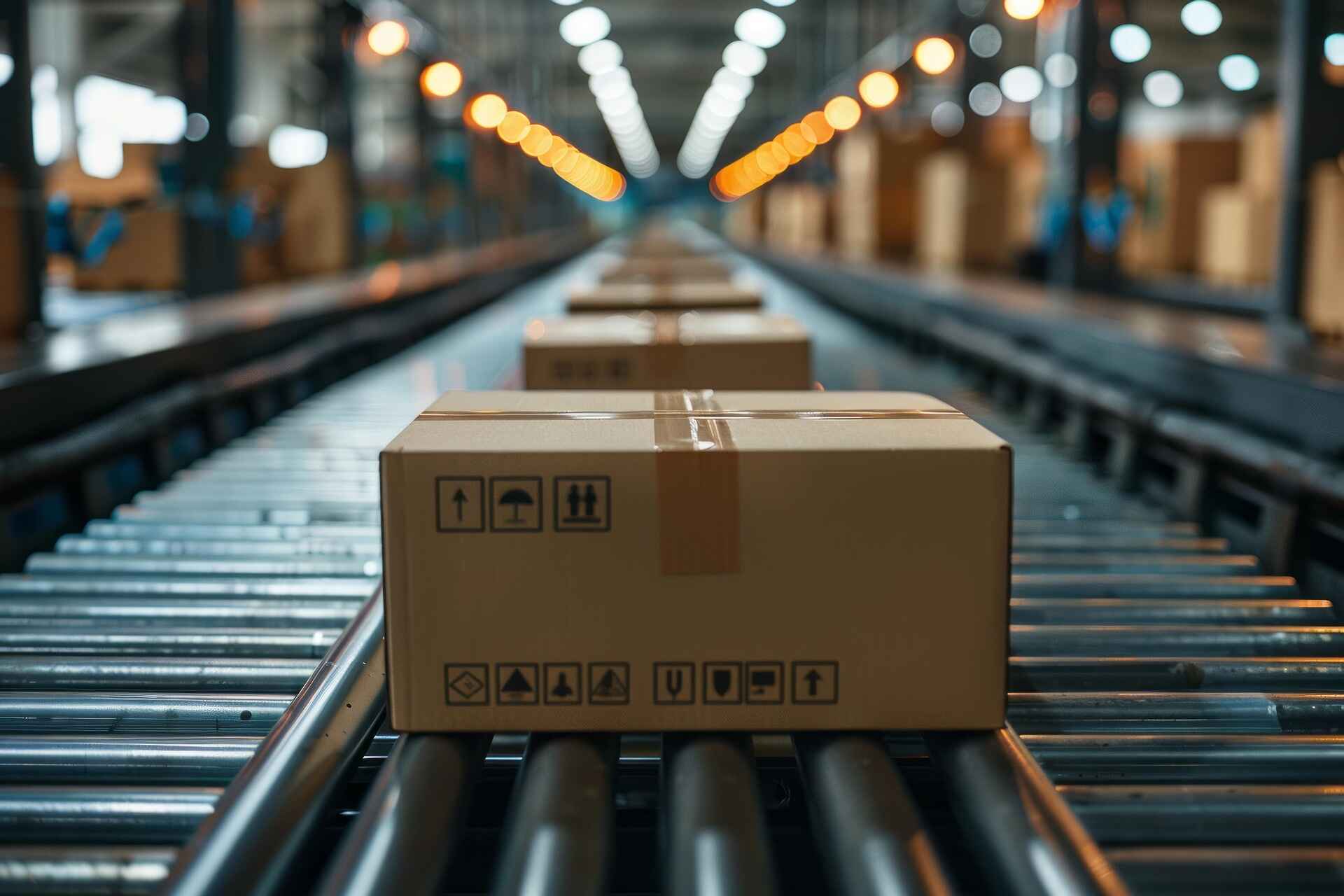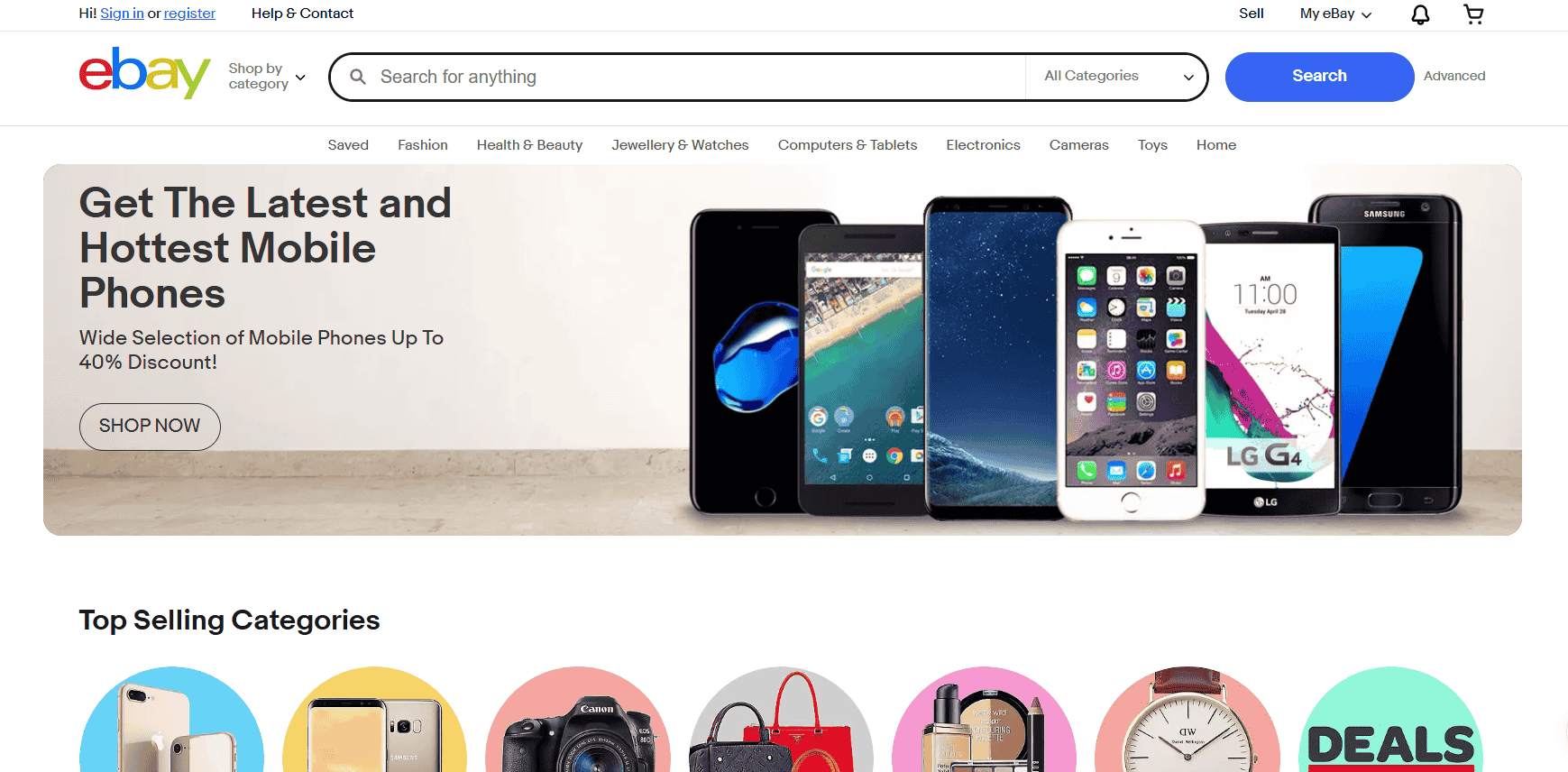AliExpress has been the go-to platform for aspiring dropshippers since the early 2010s, and for good reason. With thousands of suppliers and millions of products at wholesale prices, it offers a low-risk gateway into ecommerce.
Whether you’re launching your first Shopify store or scaling an existing brand, mastering AliExpress product sourcing can make or break your dropshipping business.
Every product listing on AliExpress is an opportunity, but not every listing is worth your time. The real skill lies in separating trendy items from ticking time bombs.
Some products might look flashy and tempting to list, but without solid supplier ratings, fast shipping options, or decent reviews, they can turn into refund nightmares.
That’s why understanding the AliExpress ecosystem (how its search filters work, what the supplier badges mean, and how to read between the lines in reviews) gives you an edge. It’s less about guessing and more about recognizing patterns.
Some of the biggest names in ecommerce, like Gymshark and Fashion Nova, started with similar sourcing models. They found reliable products, built brand equity, and evolved. You can follow the same formula. But it starts with knowing what to look for and where to look.
I’ve seen sellers burn thousands on ads simply because they didn’t vet the product or supplier. I’ve also watched others hit six figures from a single winning item they found on AliExpress while scrolling late at night.
That kind of success isn’t about luck. It’s about doing your homework before you hit “Add to Import List.”
AliExpress dropshipping isn’t a get-rich-quick scheme, but it’s a very real way to build a lean business that runs on smart sourcing, automation, and audience insight.
Once you know how to spot a profitable product, something with healthy demand, strong supplier reliability, and solid profit margin, you’ll stop wasting time guessing and start building a store that works.
What Makes AliExpress a Dropshipping Powerhouse?
AliExpress allows you to sell products globally without holding any inventory. You list items on your website, and when customers place orders, you buy directly from a supplier on AliExpress who ships the product to your buyer.
That single shift, eliminating the need to buy stock upfront, has opened the door for thousands of people to build ecommerce businesses from their bedrooms, coffee shops, or wherever they have Wi-Fi.
You don’t have to rent a warehouse, pack boxes, or spend months guessing what will sell. Everything moves in real time. You test, sell, fulfill, and scale without touching a single product.
This method works particularly well with platforms like Shopify, thanks to integrations like DSers. These apps automate product imports, pricing, and order fulfillment, making AliExpress dropshipping Shopify setups incredibly efficient.
With DSers, you can import dozens of items into your store with a single click, automatically set your retail prices based on supplier costs, and fulfill orders in bulk. That kind of automation used to cost thousands to build manually, but now it’s built in.
One bad supplier can ruin a winning product.
According to Oberlo’s archived data, dropshippers using AliExpress were able to start stores with less than $200 and reach break-even in their first month. I’ve seen it firsthand.
One of the first stores I managed took off with a $160 ad budget, and the product was sourced entirely from AliExpress. It wasn’t anything fancy. It was a reusable lint remover. But because the sourcing, pricing, and fulfillment were all streamlined, the margins worked in our favor almost instantly.
The biggest benefit? You only pay for a product after you’ve been paid for it. That flips the traditional retail model on its head. It means you’re taking less risk, moving faster, and adapting based on real customer demand, not guesswork.
And that’s exactly why AliExpress continues to be the first stop for both beginner and veteran dropshippers worldwide.
AliExpress Dropshipping Still Profitable?
Yes, and the data backs it up. According to a recent report, the global dropshipping market is expected to reach $621 billion by 2028, driven largely by platforms like AliExpress and Temu. Product variety, low startup costs, and increasingly sophisticated tools are drawing new sellers every day.
The market has evolved, but the opportunity hasn’t dried up. Instead, it’s become sharper. Today’s winning stores aren’t throwing up generic product catalogs. They’re finding creative ways to serve ultra-specific customer needs.
That’s why you’re seeing stores that only sell ergonomic desk tools or cat-themed jewelry suddenly go viral. AliExpress supports that kind of hyper-focused business because its catalog is deep.
You can find a silicone kitchen tool shaped like a mushroom or a watch band that matches a specific sneaker drop, all from the same marketplace.
With consumer trends shifting toward niche, personalized products and rapid shipping, AliExpress suppliers have started adapting. Many now offer U.S. or EU warehouses, which means faster delivery and fewer headaches.
This wasn’t always the case. A few years ago, 20-40 day shipping times were normal. That made it hard to compete with Amazon Prime. But now, I’ve ordered samples from AliExpress that arrived in California within a week, and they didn’t cost me extra.
This evolution means you’re no longer stuck explaining long delays to your customers. And that has a massive impact on your refund rate, reviews, and repeat sales.
But the secret sauce isn’t in the supplier. It’s in your product selection.
Sourcing high-converting products takes more than scrolling through bestsellers and picking what looks trendy.
The most profitable dropshippers dig into data, study customer pain points, and look for items that solve a specific problem or deliver a “wow” factor. Products that make people stop mid-scroll and think, “I want that right now.”
In 2025, AliExpress dropshipping is still profitable. It just rewards precision over volume. And once you start approaching product research like a science instead of a guessing game, the results speak for themselves.
Step-by-Step: How to Source Profitable Products from AliExpress
Sourcing winning products from AliExpress doesn’t have to feel like gambling. With the right tools, a clear strategy, and a little bit of experience, you can build a product lineup that actually sells, and scales.
Whether you’re just starting your dropshipping journey or looking to refine your sourcing game, this step-by-step breakdown will help you find profitable products on AliExpress with confidence.

1. Start With a Profitable Niche
Niches aren’t just categories. They’re ecosystems are full of buying intent. Some of them practically print money because the demand never slows down. Think about pet gadgets. People treat their pets like family, and they love spoiling them. That emotional angle is powerful.
Beauty tools? Everyone wants clear skin and self-care products that feel luxurious but affordable. Kitchen organizers? They scratch the itch for functionality and minimalism, especially for the TikTok crowd who binge “cleaning hacks” and “aesthetic home” videos.
These niches dominate because they blend emotional appeal, low cost, and scroll-stopping design. In the world of AliExpress dropshipping, that’s your winning formula.
Use Google Trends to validate search volume across different countries. A spike in searches for “portable juicer” or “cat grooming glove” can give you a head start before saturation kicks in. TikTok Creative Center reveals what’s going viral right now, and it’s free.
Type in “Amazon must-haves” or “AliExpress finds,” and you’ll get a goldmine of real product content with millions of views. Then validate those ideas on Sell The Trend or Ecomhunt, which show sales data from real stores.
I once saw a mini blender that was being demoed in a 15-second reel. I ran a test store using that product, built a Shopify one-product page, and ran $60 in TikTok ads.
Two weeks later, I was already in profit and scaling to $1,800+. That didn’t happen by accident. The niche had traction, and the product looked irresistible in video format.
2. Use the AliExpress Dropshipping Center for Research
The AliExpress Dropshipping Center is one of the platform’s most underused tools, and it’s completely free. It gives you hard data, not just intuition.
Instead of guessing whether a product is popular, you get a breakdown of how many orders it gets per week, how stable the trend is, and how fast suppliers are fulfilling those orders.
You can filter by:
- Category (fashion, electronics, home, etc.)
- Country-specific shipping (so you only see U.S.-friendly suppliers)
- Delivery time estimates
- Growth trends based on sales velocity
You’ll want products that have crossed 1,000 orders, hold a 4.7-star rating or higher, and feature at least 100 written reviews with photos. Listings that include video demos are especially useful for marketing, great for TikTok, Reels, and Facebook video ads.
This tool turns product hunting into research, not roulette.
3. Vet the Supplier Like Your Business Depends on It (Because It Does)
One bad supplier can ruin a winning product. I’ve had it happen. A product that was converting like crazy suddenly tanked because the supplier changed the quality mid-run without warning. That taught me to start vetting suppliers before even importing the product to my store.
Look for sellers with the Top Brand badge. These are verified, high-volume stores with a strong track record. Sellers with 2+ years of history and consistently high ratings are more likely to be stable.
Bonus points for those with warehouses in the U.S., U.K., or EU. It usually means faster shipping and fewer delivery issues.
Message your supplier before listing anything. Ask them about:
- Estimated fulfillment time
- Available shipping methods to your main regions
- Support for bulk orders
- Options for custom packaging or inserts
Suppliers who reply within 24 hours and provide clear answers are far easier to work with long term, especially once your store starts scaling.
4. Run the Numbers: Profit Margin Matters More Than Hype
Margins are everything. I’ve seen people lose money on high-volume products simply because they didn’t factor in shipping, transaction fees, or rising ad costs. A viral product isn’t profitable unless your numbers are airtight.
Let’s say you’re selling a phone holder. It costs $3.80 on AliExpress with free shipping. You price it at $14.99 on your Shopify store. After deducting PayPal/Stripe fees, a few dollars in ad spend, and the actual product cost, you’re left with a 2.5x–3x markup.
That’s how you build a store that lasts. Not through hype. Through process. Through repetition. Through discipline.
That’s solid. That gives you breathing room for returns, influencer promos, and seasonal discounts.
Use this simple formula:
Profit = Selling Price – (Product Cost + Shipping + Platform Fees + Ads)
Avoid any item that leaves you with less than a 30% margin. Even if it gets tons of traffic, you’ll struggle to stay profitable once refunds, disputes, and chargebacks start rolling in.
5. Prioritize Shipping Speed and Options
Shipping is where many new dropshippers get blindsided. A perfect store, a trending product, and then disaster. Orders take 35 days to arrive, customers demand refunds, and Facebook flags your ad account for poor delivery scores.
The solution? Prioritize suppliers that offer faster, trackable shipping.
Here are the top methods that have worked for me and others:
- AliExpress Standard Shipping: 7–20 days on average. Reliable tracking. Widely supported.
- Cainiao Warehouse or US Direct: 5–10 days to major U.S. cities. Ideal for scaling.
- ePacket: Still a good option for lightweight items under $10.
State the shipping time clearly in your product descriptions and confirmation emails. Saying “delivery in 7–15 business days” upfront gives you a cushion while managing expectations.
When you nail this part, you reduce refunds, boost positive reviews, and increase the odds of customers ordering again.
These five steps are the foundation of a real, working dropshipping business using AliExpress. Once you learn how to read the data, work with the right suppliers, and calculate margins like a pro, sourcing profitable products becomes a repeatable system, not a shot in the dark.
Best Tools for AliExpress Product Sourcing
Sourcing the right product is half the battle, but having the right tools makes the whole process faster, smarter, and more profitable. Over the years, I’ve tested dozens of platforms, apps, and extensions, some great, some glitchy, and a few that completely changed the way I work.
Whether you’re running a one-product store or managing multiple Shopify collections, these tools help you make informed decisions without second-guessing every move.
Here are tools that I’ve personally used or tested with clients:
DSers (Shopify App)
This is the tool I always recommend to beginners and seasoned sellers alike. DSers lets you bulk-import products from AliExpress, map variants to multiple suppliers, and automate pricing rules so you’re not constantly adjusting listings manually.
It even flags faster suppliers for the same item, which has saved me days of back-and-forth when running sales campaigns.
AliExpress Chrome Extension
A simple but powerful tool. With it, you can grab product details, import images, check seller ratings, and see delivery times at a glance. I usually keep it active during deep research sessions so I can quickly bookmark options and organize them before importing to DSers.
Ali Hunter
This one’s for the competitive thinkers. Ali Hunter lets you see what’s working in other people’s stores. What they’re selling, how often, and how they’re pricing. It helps you reverse-engineer success and avoid wasting time on products that look promising but haven’t sold well for anyone else.
Ecomhunt & Niche Scraper
Perfect for spotting trends early. These tools pull product data from Facebook, TikTok, Shopify, and AliExpress, then show you what’s going viral and why.
I’ve used both to validate potential winners before launching ad campaigns, and they’ve saved me thousands in testing budget. You’ll see engagement stats, store links, ad creatives, and sometimes even profit margin estimates.
Most of these tools offer free trials, so you can test your workflow before committing. I suggest starting with one or two and building from there. You don’t need every tool at once.
You just need the right combination that helps you stay ahead of the curve while keeping your process efficient and profitable. Once you get used to working with them, sourcing from AliExpress feels less like a guessing game and more like a system you can trust.

Top Niches to Try in 2025
Product trends move fast, but the psychology behind them stays consistent. People want things that either solve a problem or make them feel good. That’s why certain product categories consistently dominate AliExpress dropshipping.
They tap into daily habits, personal aspirations, or small frustrations that people are actively trying to fix. And thanks to TikTok, Etsy, and Google Trends, it’s easier than ever to spot what’s buzzing before it floods everyone’s Facebook feed.
Here are five hot niches based on what’s trending right now:
Home organization
Clutter stresses people out. That’s why drawer dividers, foldable storage bins, and cable organizers are everywhere on social media.
These products appeal to renters, minimalists, moms, and remote workers trying to make the most of small spaces. They’re visual, useful, and often bought in multiples, which makes your average order value go up fast.
Pet accessories
The pet industry is booming. In 2024 alone, Americans spent over $150 billion on their pets.
Dropshipping pet products like slow feeders, portable dog water bottles, or deshedding gloves taps into a market of buyers who are emotionally attached and willing to try new gadgets.
Bonus: pet videos go viral with ease, giving your ads a natural engagement boost.
Skincare gadgets
Beauty tools continue to explode thanks to platforms like TikTok and YouTube. LED masks, blackhead vacuums, and ice rollers look futuristic, feel luxurious, and give users a reason to share before-and-after clips.
That kind of organic content drives traffic without massive ad spend. I’ve seen stores double their email list overnight just by offering a giveaway on a trendy skincare item.
Phone accessories
Grip stands, privacy screen protectors, magnetic chargers. These aren’t just extras. They’ve become essentials for the average smartphone user. Products like selfie lights or multi-functional phone holders make great impulse buys, especially when paired with short-form videos that show off their convenience.
Fitness tools
More people are working out at home or mixing gym time with at-home routines. Resistance bands, portable gym kits, and smart body scales cater to this lifestyle. These products also pair well with upsells (like ebooks or digital workout plans) and are easy to pitch with influencer partnerships or demo videos.
These niches work because they blend utility with emotion. People aren’t just shopping. They’re upgrading their daily experience. That’s what keeps them coming back, especially when your store consistently delivers products that improve their routines in small but meaningful ways.
Common Mistakes That Kill Profit on AliExpress
A great-looking Shopify store can give you confidence, but that alone doesn’t protect your profit margins. What really decides whether your store succeeds or collapses behind the scenes is how well you source and vet your products.
You can do everything right (solid branding, fast-loading pages, clean copy) but none of that matters when your supplier drops the ball. The customer doesn’t care whose fault it was. All they see is a delayed delivery or a product that doesn’t match expectations.
One of the biggest red flags is suppliers using watermarked stock photos. These images are often copied from other listings or factory catalogs and give you no insight into what the product actually looks like when shipped.
You’ll have a hard time creating original marketing content, and your ads could get flagged for low quality or spammy visuals. On top of that, customers might receive something that doesn’t match what they saw on your site, and that’s a fast track to refund requests.
Listings with few or no customer photos should also make you pause. I always look for products with real-life images in the review section. These help set realistic expectations and give you material for building social proof.
When buyers scroll down and see dozens of happy customer uploads, it builds instant trust. Without that, you’re running blind.
A viral product isn’t profitable unless your numbers are airtight.
Then there’s the issue of inconsistent pricing across product variants. A listing that starts at $2.99 might suddenly jump to $12.99 for the color or size everyone actually wants. That sneaky trick creates friction in your checkout process and can damage your conversion rate.
I’ve had to swap out products mid-campaign because the price changed mid-week and crushed the profit margin overnight.
Watch out for sellers with vague return policies or slow replies. You need suppliers who respond clearly and quickly when something goes wrong. If they’re taking days to answer basic questions now, they’ll disappear entirely when you need urgent help later.
That kind of delay leads to chargebacks, negative reviews, and headaches you could’ve avoided.
Ordering a sample helps you see the product through your customer’s eyes. Something that looks polished in the photos might show up feeling cheap, poorly packaged, or missing parts.
I’ve ordered what looked like a luxury skincare set once, only to receive tiny jars with unclear labels and no instructions. That experience taught me to always test before scaling.
In dropshipping, profit doesn’t come from flashy branding. It comes from product reliability. Every bad supplier is a ticking time bomb. One slip, and you’ll spend your profit fixing problems that could’ve been avoided with 20 minutes of vetting.
How to Connect AliExpress to Shopify in Minutes
Getting your AliExpress dropshipping setup running on Shopify doesn’t take a degree in coding. With apps like DSers, the process is fast, intuitive, and surprisingly smooth, especially for beginners.
You can go from idea to active product listings in under an hour. That means less time fumbling with settings and more time focusing on what actually brings in revenue: testing products and marketing.
Start by installing DSers from the Shopify App Store.
It’s one of the most recommended apps for AliExpress dropshipping Shopify users, and for good reason. The interface is clean, the setup is guided, and it plays well with both new and seasoned stores.
Once you’ve connected your store, everything clicks into place:
- Importing products directly from AliExpress takes one click. No copy-pasting titles or downloading images manually. You visit a product page on AliExpress, click the DSers browser button, and it drops the listing into your Shopify dashboard instantly: images, descriptions, variants, and all.
- Setting pricing rules is where things get efficient. You can create smart pricing formulas based on your cost. For example, set every product to automatically multiply its cost by 2.5 or round to the nearest .99. That way, your margins stay consistent across your catalog, and you’re not tweaking prices one by one.
- Automating fulfillment saves the most time. When a customer places an order, DSers matches the product to the correct AliExpress supplier and processes the order for you. You don’t have to log in to AliExpress and manually enter shipping details. It’s all handled behind the scenes.
What makes DSers especially useful is its supplier optimization feature. It compares different suppliers offering the same product and recommends the one with faster shipping, better ratings, or lower cost. That’s a huge win when you’re scaling. You won’t get stuck with a slow supplier that ruins your delivery times.
I’ve worked on stores where switching to a better-rated supplier, just one click in DSers, cut delivery delays in half. Customers noticed. Reviews improved. Refunds dropped. That’s how you build momentum.
This setup removes the repetitive tasks that eat up your day. Once you’ve connected DSers to your Shopify store and locked in your pricing logic, you can focus on testing ads, refining your product pages, and building your brand. Everything else just flows.

Watch Out for These Red Flags on AliExpress
Not every product that looks good on AliExpress is worth selling. Some listings are dressed up to impress but crumble under even the slightest pressure. Spotting red flags early can save you from a wave of complaints, refund requests, and bad reviews that will haunt your store.
One of the first things to look at is the product imagery. Overly edited photos with fake shadows, unrealistic reflections, or neon lighting often mean the product has never been used in a real-life setting.
If the listing doesn’t include any lifestyle shots, photos of the product in use or shown in a real environment, you’re flying blind. Customers want to see how something works or looks in everyday life. Without those visual cues, you’re left guessing, and that’s risky.
Pay attention to order volume. A listing with fewer than 100 orders has no proven traction. It might be brand new, or it might have failed for other sellers. Either way, you’re missing key validation.
I always prioritize listings that show consistent daily order growth and have review sections filled with images, videos, and written feedback in multiple languages. That tells me the product has made it through different types of customers and shipping destinations.
Don’t get baited by super cheap products with inflated shipping costs. I’ve come across listings where the item costs $1.50, but the shipping is $12. That throws your pricing model out the window and makes your store look sketchy.
A $15 product with “Free Shipping” feels normal to customers. The same product priced at $1 with $14 shipping feels like a trap. That difference matters more than you’d think.
Also, take note of whether the product has a video demonstration. In today’s scroll-heavy, short-form-video world, that’s a major asset. Products that move, light up, or solve a problem are easier to advertise with a quick TikTok, Instagram Reel, or YouTube Short.
Without that demo, you’re stuck trying to explain something that would’ve sold itself in five seconds of footage.
Trust your gut. If something feels off, even slightly, walk away. I’ve passed on products that seemed tempting at first glance, only to find out later through Facebook groups or Reddit threads that they had ridiculous defect rates or endless disputes.
There are millions of products on AliExpress. Wasting time on a sketchy one is never worth the fallout. Keep moving until you find something that checks out across the board.
Sourcing from AliExpress Is a Skill, Not a Shortcut
There’s a reason so many dropshipping businesses fail within the first 90 days. Most sellers don’t take the time to master product sourcing. They go after hype instead of doing real research. They ignore supplier quality, skimp on shipping checks, and hope ads will fix it.
That kind of approach burns money fast. I’ve seen store owners blow $500 on TikTok ads for a flashy product, only to end up with bad reviews, refund requests, and a bunch of angry DMs, all because the supplier delivered late or the item didn’t match the photos. It’s not a marketing problem. It’s a sourcing problem.
AliExpress dropshipping can still be highly profitable in 2025, if you treat it like a craft. The tools are better, the shipping options are faster, and the market is bigger than ever.
Millions of people shop online every day, and they’re always hunting for clever, useful products. You’re not too late. But success favors the seller who knows what they’re doing behind the scenes.
You’re not too late. But success favors the seller who knows what they’re doing behind the scenes.
None of the tools matter if you pick the wrong products. That’s the part too many people rush through.
They get excited about finding “the next winning product,” but they skip the basics, like checking the supplier’s fulfillment speed or reading bad reviews that mention product defects. And those small skips lead to big losses.
So take the time to study trends. Look at what’s climbing on TikTok and what’s popping off in the Etsy marketplace. Use tools like the AliExpress Dropshipping Center to check actual sales data. Reach out to suppliers and get a feel for who’s responsive and reliable.
Calculate your margins carefully. Choose products that solve a real problem or trigger an emotional response, something people will want to show their friends.
That’s how you build a store that lasts. Not through hype. Through process. Through repetition. Through discipline.







